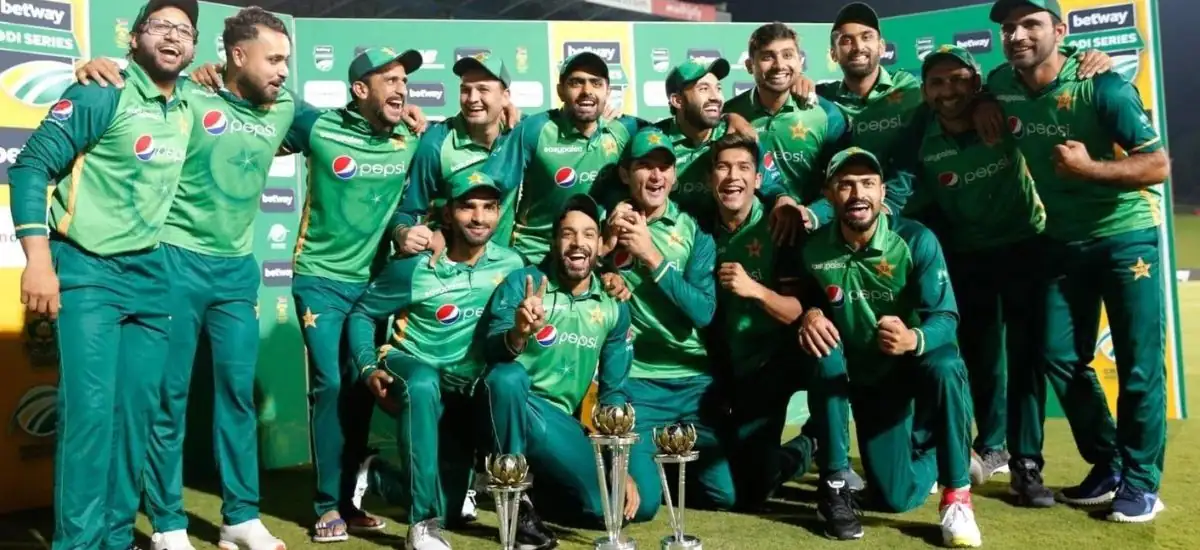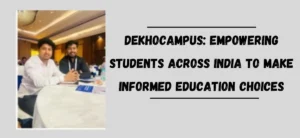
The Pakistan Cricket Board (PCB) has recently announced a comprehensive development program to revolutionize the country’s grassroots cricketing landscape. This program, spanning from August 2024 to March 2025, aims to nurture young talent and improve the overall structure and quality of cricket at the grassroots level.
The Vision Behind the Development Program
Former cricketer Jalaluddin, a key figure in initiating this program, emphasizes investing in grassroots cricket. He believes that Pakistan’s cricket future hinges on robust grassroots development. He has long advocated for the PCB to allocate funds, employ qualified coaches, and improve the cricketing structure.
Key Points:
- Investment in Grassroots: Essential for long-term success.
- Qualified Coaches: Crucial for proper training and development.
- Structured Programs: Aimed at creating a sustainable cricketing ecosystem.
Partnership with NGOs and Scope of the Program
This ambitious program is supported by the NGO Helping Hand, which has previously been involved in skill development projects. The partnership ensures a structured and well-funded approach to cricket development.
Program Details:
- Duration: Three-year program currently in its first phase.
- Starting Point: Initiated in Karachi.
- Age Limit: Focus on Under-15 players to ensure long-term development.
Selection Process and Training Phases
The selection process for the development program was thorough, involving all zones of Karachi. Players were selected based on open trials and recommendations from various zones, ensuring that only the best talents were chosen.
Selection Criteria:
- Under-15 Focus: Ensuring the right age group for long-term training.
- Open Trials: Conducted across Karachi to identify talent.
- Long-term Commitment: Players undergo rigorous training without the pressure of immediate results.
Training Phases:
- Initial Training: Focus on basic cricket skills including batting, bowling, fielding, and fitness.
- Advanced Training: Game-specific training and development of match-winning strategies.
- Competitive Phase: Participation in competitions to apply learned skills.
- Mentorship: Guidance on how to handle match situations and win games.
Challenges and Support
Despite the program’s potential, there have been challenges, particularly in securing support from PCB. There have been instances where the use of PCB coaches was restricted, which could hinder the program’s progress.
Challenges:
- PCB’s Limited Support: Restrictions on utilizing PCB coaches for the program.
- Negative Approaches: Previous initiatives faced opposition and bureaucratic hurdles.
Community and Parental Involvement:
- Parental Meetings: Regular meetings with parents to keep them informed and engaged.
- Community Support: Ensuring a supportive environment for the young cricketers.
Success Stories and Future Prospects
The program has already seen success, with several players emerging from grassroots levels and making their mark in domestic cricket. This initiative promises to create a steady pipeline of talented players ready to represent Pakistan on the international stage.
Success Stories:
- Domestic Performers: Several players have advanced from grassroots to domestic cricket.
- Potential Stars: Identified and nurtured through structured training.
Future Plans:
- Expansion: Plans to extend the program across Pakistan.
- Continuous Improvement: Regular assessment and enhancement of training modules.
Conclusion
The grassroots development program spearheaded by Jalaluddin and supported by Helping Hand marks a significant step towards ensuring a bright future for Pakistan cricket.
By focusing on young talent and providing them with structured training and opportunities, the program aims to build a strong foundation for the national team. The PCB is encouraged to fully support such initiatives, recognizing their long-term benefits for cricket in Pakistan.
Read More: Will Abhishek Sharma Cross 100 Sixes in 2024






